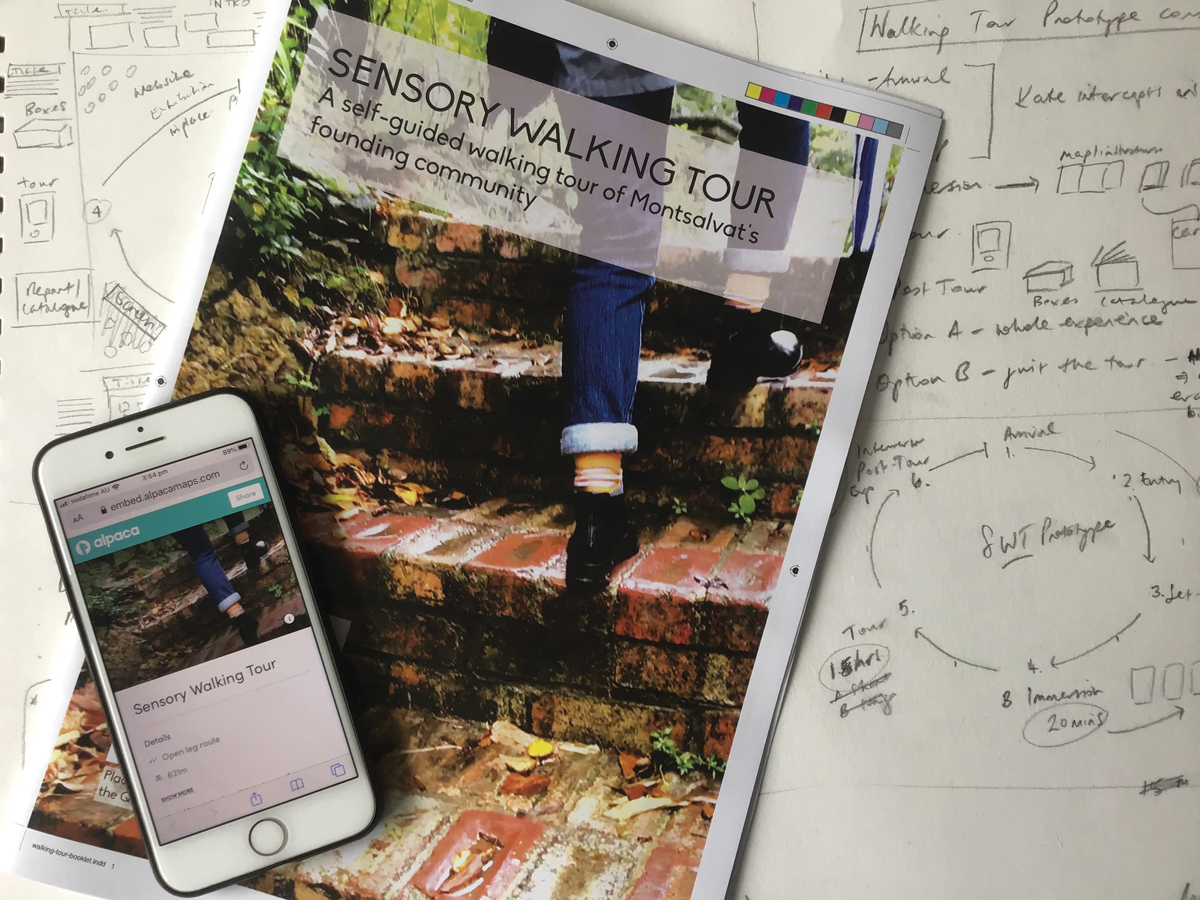PhD Research
RMIT’s School of Architecture and Urban Design
I presented my research for examination at RMIT’s Australia June 2023 Practice Research Symposium and will graduate this year. My research produced a design framework called the Archaeology of service design with four design processes to support designers to unravel, locate, surface and transmit the significance and meaning of place in a complex heritage setting. The framework aids designing in and with a complex place, a local institution and heritage community, to keep local meanings alive.
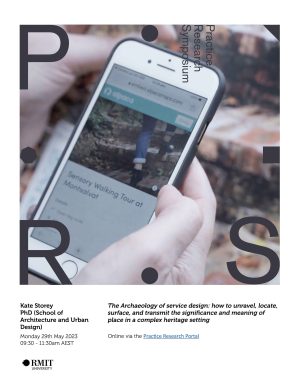 The research was produced through creative practice, as an embedded design researcher in 2019 at Montsalvat. This place is registered significant because it is Australia’s oldest living artist’s colony since settlement, and for the founders’ contribution to art and architecture in the State of Victoria.
The research was produced through creative practice, as an embedded design researcher in 2019 at Montsalvat. This place is registered significant because it is Australia’s oldest living artist’s colony since settlement, and for the founders’ contribution to art and architecture in the State of Victoria.
My interdisciplinary approach to designing a heritage service, or walking tour for the visiting public, expanded service design literature and practice. The design framework and four processes emerged in response to working in the setting and by exploring theory, practice and methods across cultural heritage, sensory ethnography, design anthropology, tourism, and museum studies.
Through four lines of inquiry and various interventions, processes formed to expand service design’s toolkit when designing in and with a place. The approaches exposed deeper insights than traditional tools about people, their nuanced relationships with a local setting and the fragility of place (Prendiville 2015). The framework enables designers to Unravel local contexts, Locate buried heritage, Surface intangible stories and Transmit findings via sensory and immersive experiences. The research also encourages critical, inclusive and ethical approaches to produce narratives with communities and institutions in a safe and respectful manner. The following offers an overview of some interventions and artefacts, please see RMITs Practice Research Portal for more.
Locate: Embedding into the community
Embedding into Montsalvat’s local information ecology (Nardi and O’Day 1999) as academic researcher was essential to my findings. In 2019, I worked from the Jewellery Studio for two days a week for just over 12 months, and I loved getting to know the place, the sensory surrounds, and the community.

Locate: Making artefacts and probes in place
During one inquiry, I made a series of artefacts called the Artist profile posters and research probes called the Narrative cubes, and they both supported future interviews with the community. The posters profiled several figures from Montsalvat’s founding community, tracing their careers and creative practices across apprentice, journeyman, and mastery stages. While the research probes included a map of the grounds, a set of narrative cubes and a diorama. Making them whilst emplaced as a researcher was essential to come to know the site, its social history, the buildings and founding community. They also helped craft the in-between spaces of the design process (Akama and Prendiville 2013) where access to local heritage knowledge and engagement with the project developed.
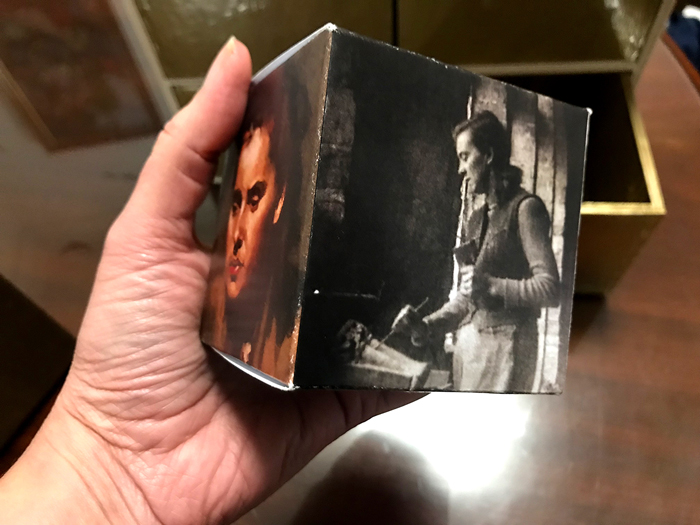
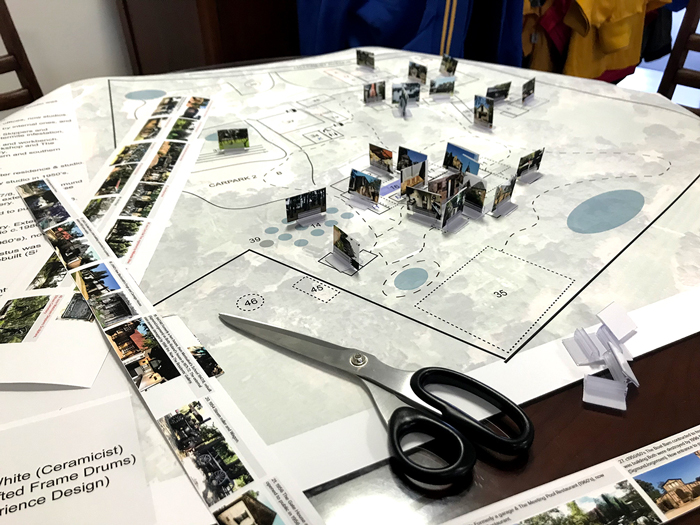
Surface: community interviews
I interviewed a range of people from the local setting to understand their memories and experiences of this place. The interviews surfaced stories for a future visitor experience or heritage walking tour, and they also surfaced local matters of concern.
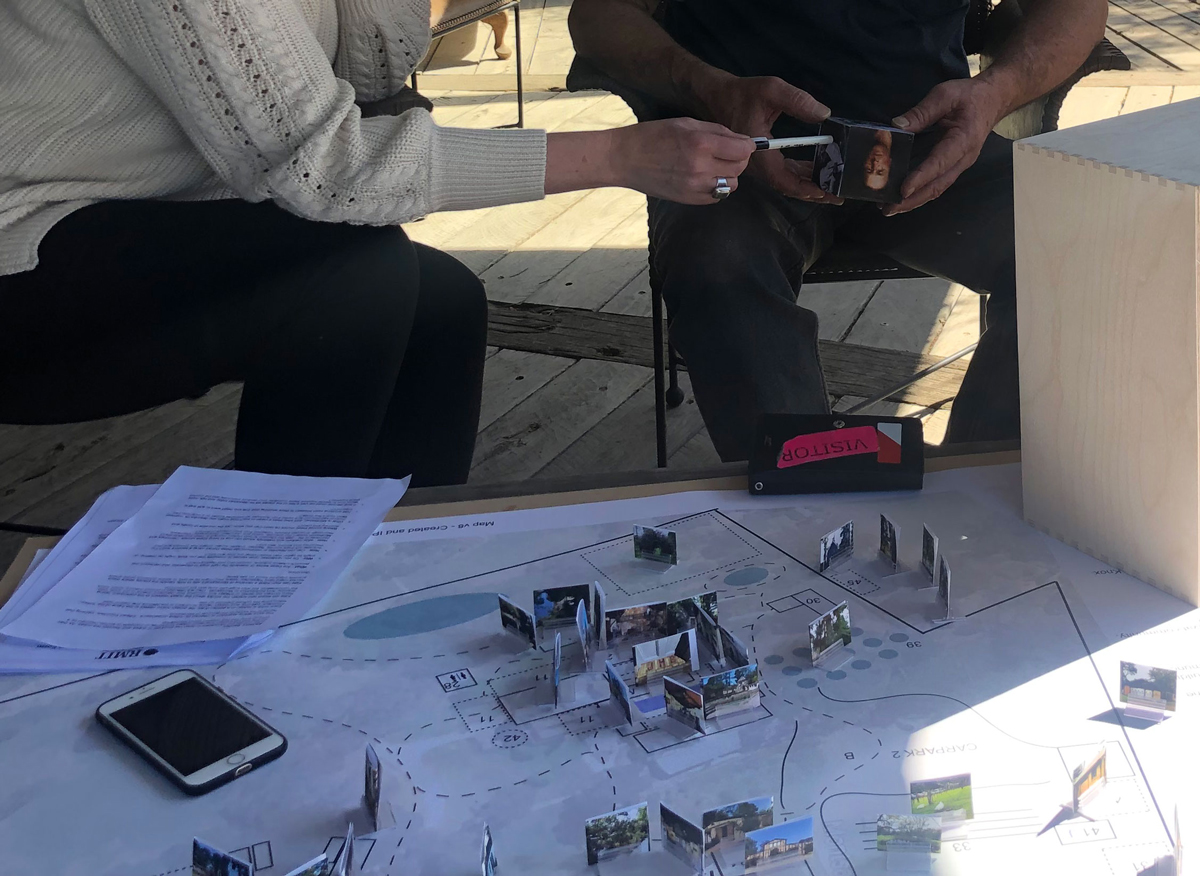
Transmit: prototyping a Sensory walking tour
My final inquiry prototyped a Sensory walking tour to demonstrate how a future heritage service might immerse and reconnect local audience with the site’s heritages. The prototype was unfortunately not tested with the community due to Covid-19 restrictions, it included a mobile walking tour, a booklet, and several sensory boxes. The boxes offered participants another way to connect with the site’s heritage and sensory aesthetic.
